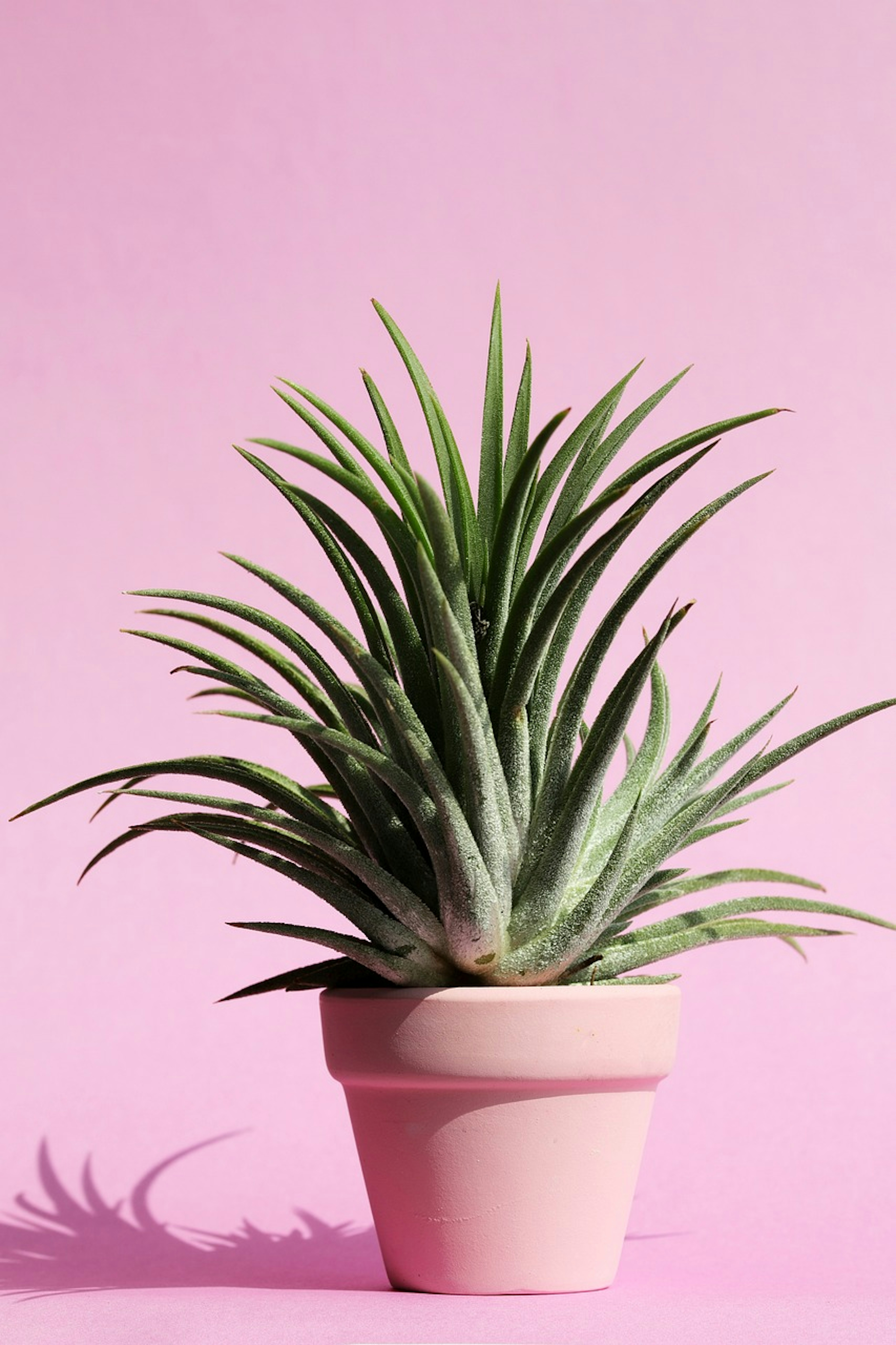
Tips & Tricks
Potted Plants: A Beginner's Guide to Low-Maintenance Indoor Greenery
 8 MIN Read
8 MIN Read19 Aug 2024
By Michael Jacobson

Potted plants can transform your indoor spaces, adding natural beauty and improving air quality. If you're new to indoor gardening, you'll want to start with low-maintenance plants that thrive in low-light conditions. In this guide, we'll explore the best options for beginners, how to assess lighting in your home, and the various types of light that indoor plants require.
What Are Some Low-Maintenance Indoor Plants for Beginners?
When you're just beginning your indoor gardening journey, consider these low-maintenance options:
Snake Plant (Sansevieria): This hardy plant thrives in low light and can tolerate occasional neglect. Its striking, upright leaves add a touch of elegance to any room.
Peace Lily (Spathiphyllum): Peace lilies are known for their air-purifying qualities and can thrive in low-light conditions. They're also forgiving when it comes to watering.
ZZ Plant (Zamioculcas zamiifolia): ZZ plants are virtually indestructible and can adapt to a variety of lighting conditions. They require minimal watering and care.
What Are Some Low-Light Indoor Plants for Beginners?
For areas with limited natural light, these low-light indoor plants are excellent choices:
Pothos (Epipremnum aureum): Pothos is a trailing vine that's incredibly adaptable to low-light conditions. Its heart-shaped leaves make it a popular choice for hanging baskets.
Dracaena (Dracaena spp.): Dracaenas come in various species and can tolerate low to moderate light. They have striking foliage and are easy to care for.
Spider Plant (Chlorophytum comosum): Spider plants are known for their air-purifying abilities and thrive in indirect light. They produce offsets, or "spiderettes," that can be repotted to grow new plants.
How to Determine the Lighting Conditions in a Room for Indoor Plants
Assessing the lighting in your home is crucial for plant health. Here's how to do it:
Observe the Light: Spend time in the room and take note of how much natural light it receives. Is it bright and sunny, partially lit, or quite dim?
Light Duration: Determine how long the room receives light each day. Is it a few hours of direct sunlight, or is it mostly indirect or artificial light?
Light Quality: Pay attention to the quality of light. Is it bright but indirect, such as filtered through curtains, or is it harsh and direct sunlight?
What Are the Different Types of Light That Indoor Plants Need?
Indoor plants require various types of light, including:
Direct Sunlight: Some plants thrive in direct sunlight for several hours a day. These are typically high-light plants.
Indirect Light: Many indoor plants prefer bright, indirect light. This means they thrive when the light is filtered or reflected off surfaces.
Low Light: Low-light plants can survive in rooms with minimal natural light. They often thrive under fluorescent or artificial light.
Full Shade: Some plants can grow in rooms with very little to no natural light, relying solely on artificial lighting.
Understanding the light requirements of your chosen potted plants is essential for their growth and well-being.
Conclusion
Embarking on your indoor gardening journey with low-maintenance, low-light plants is an excellent way to nurture your green thumb. For more invaluable care tips and an exquisite selection of flowers, your destination is always FrenchFlorist.com. Want more help? Visit our “Contact Us” page to submit a question or inquiry! If you’d like a subscription too, click floral subscription offerings to be directed there! All orders placed online are eligible for our rewards program, too.
#FFinstagram
FRENCHFLORIST